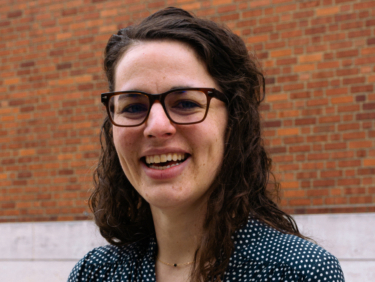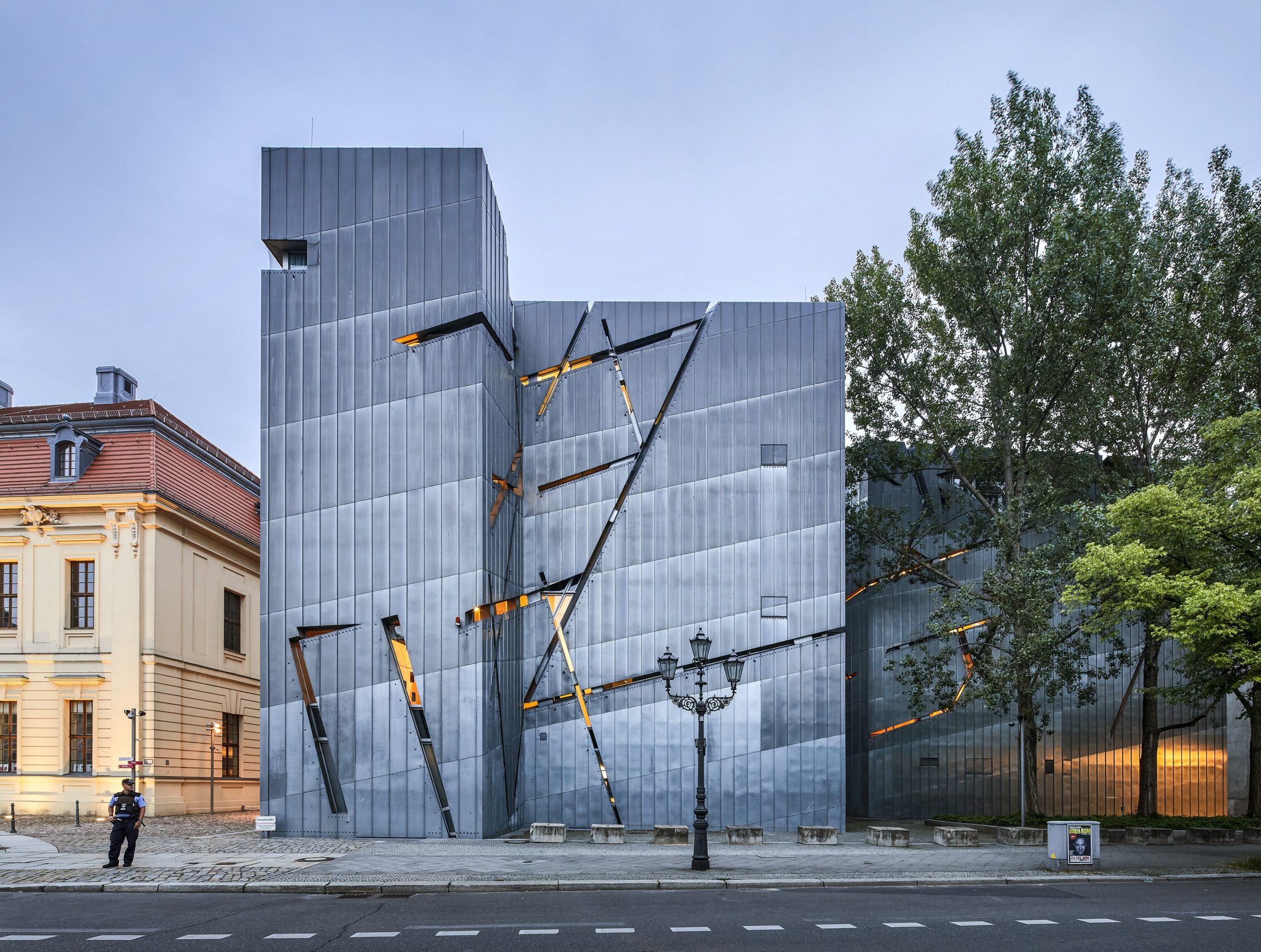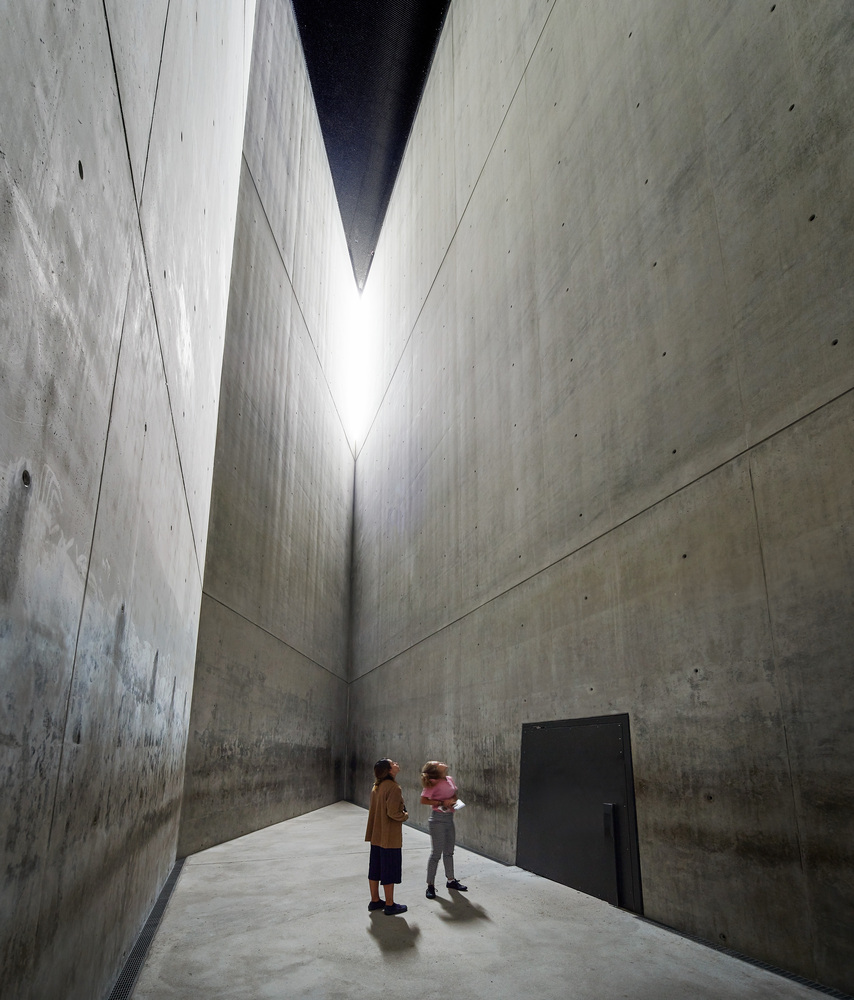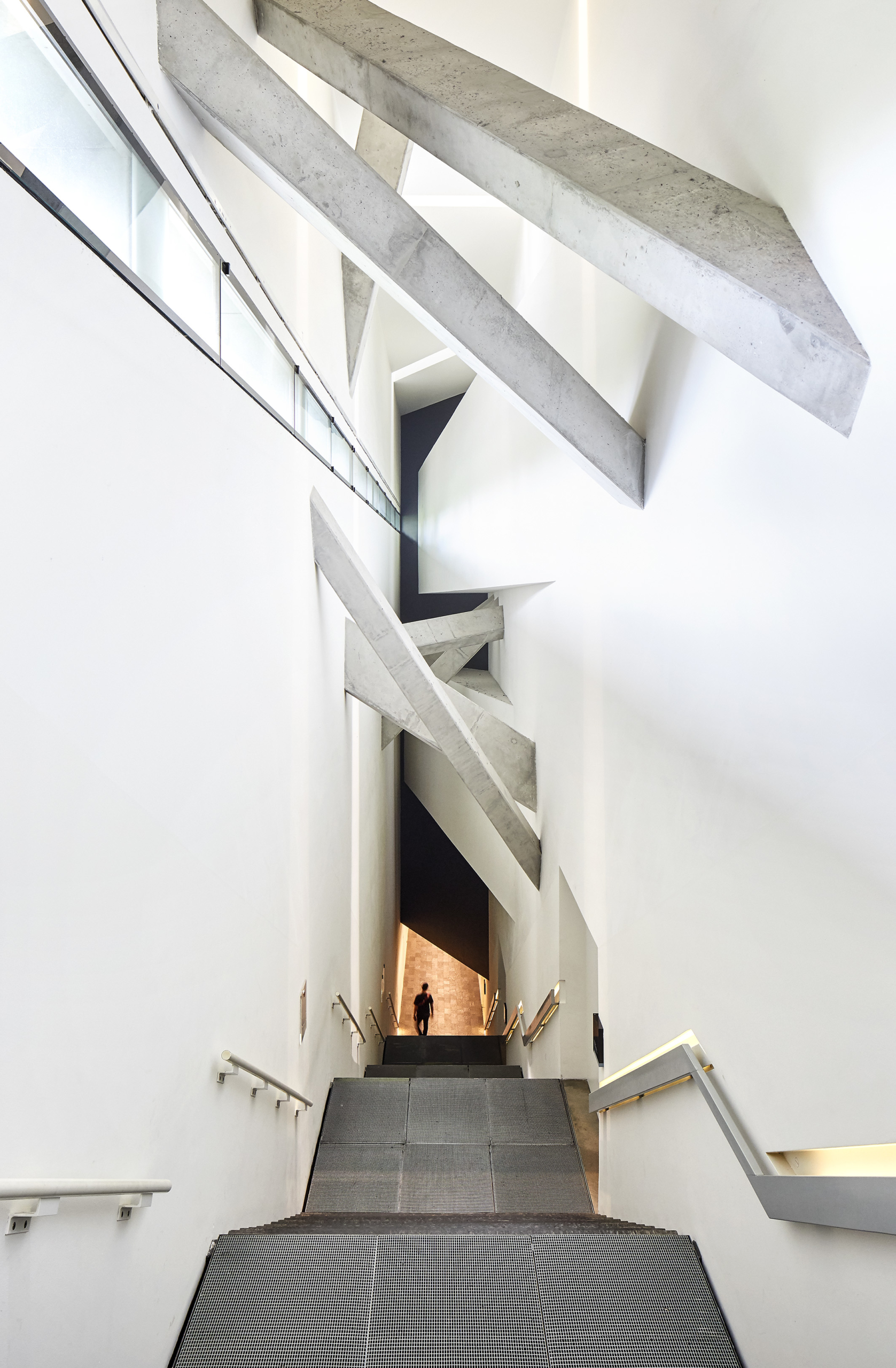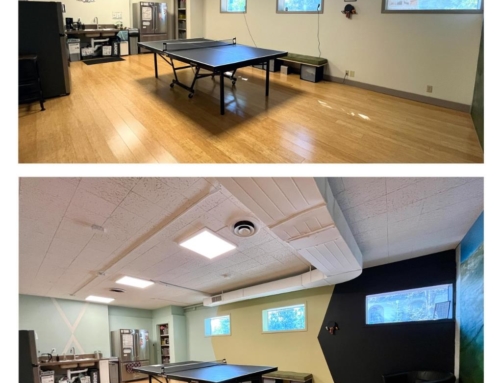We have a series of blog posts where each person here at Convergence shares an image that influenced and/or inspired them to join the architecture and design field. The image(s) can be whatever strikes the person’s fancy- a building, a park, a scenic image, a design motif or detailing… any visual representation that can help to share a bit of insight into how and why the person got into this field and the work that we do.
Today, Amy is sharing her inspiration.
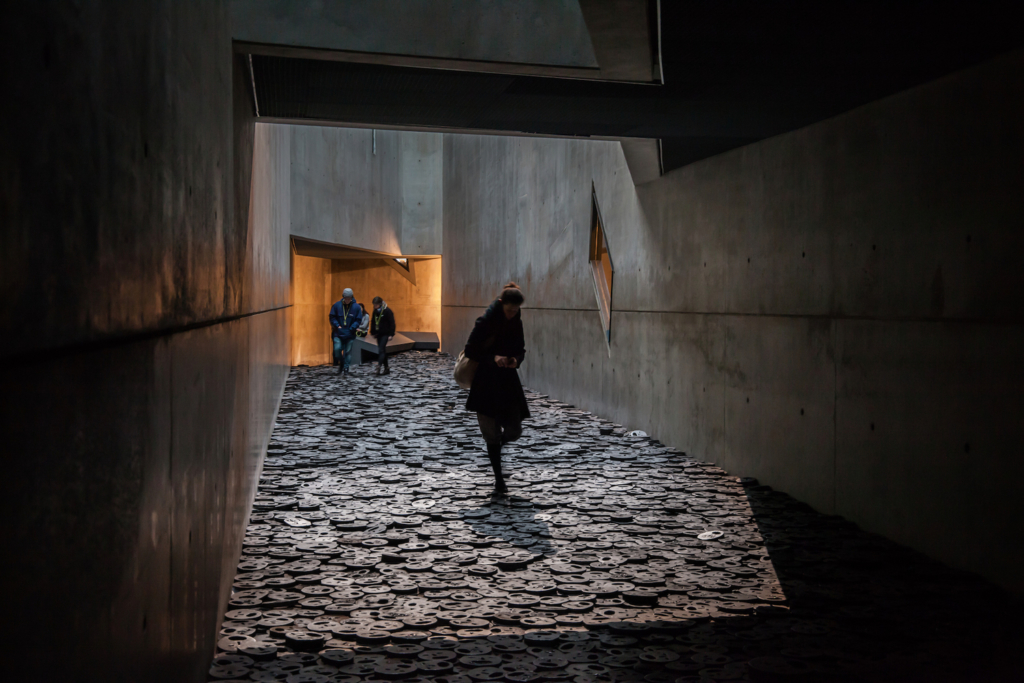
Image taken by Denis Esakov.
My early understanding of the architect’s impact on our buildings is best represented by the Jewish Museum in Berlin, Germany. The museum consists of two buildings, the Kollegienhaus, a courthouse from 1735, and the main building designed by Daniel Libeskind in 2001. In Libeskind’s addition, underground passageways, zigzagging intersecting walkways, massive vertical voids, and slashed windows leave all visitors feeling disoriented, insecure, and physically uncomfortable by removing assumed wayfinding, portions, and a typical museum layout. The physicality of this building and its design attempt to translate the incomprehensible destruction of Nazi Germany on Jewish people. Traditional voyeuristic tropes of glorifying the images of concentration camps or war are replaced with a user experience more compatible with an interactive art installation.
I spent much of my undergraduate History degree learning about World War II and its aftereffects. The design translation by Libeskind of this traumatic historical experience transcends any book or picture and helped me understand the architect’s impact on its occupants. The deeply distraught space of Libeskind Museum represents the impact of all spaces of varying degrees, positive or negative. As architects, it is imperative to understand the influence of our designs on the human experience, both to positive and negative effect. I use this perspective to focus on how architecture can accommodate various users to address local needs, promote social equality within a building’s context, and extend the economic and environmental impact.
*Images of Libeskind’s Addition taken by Denis Esakov and Hufton Crow as noted.


